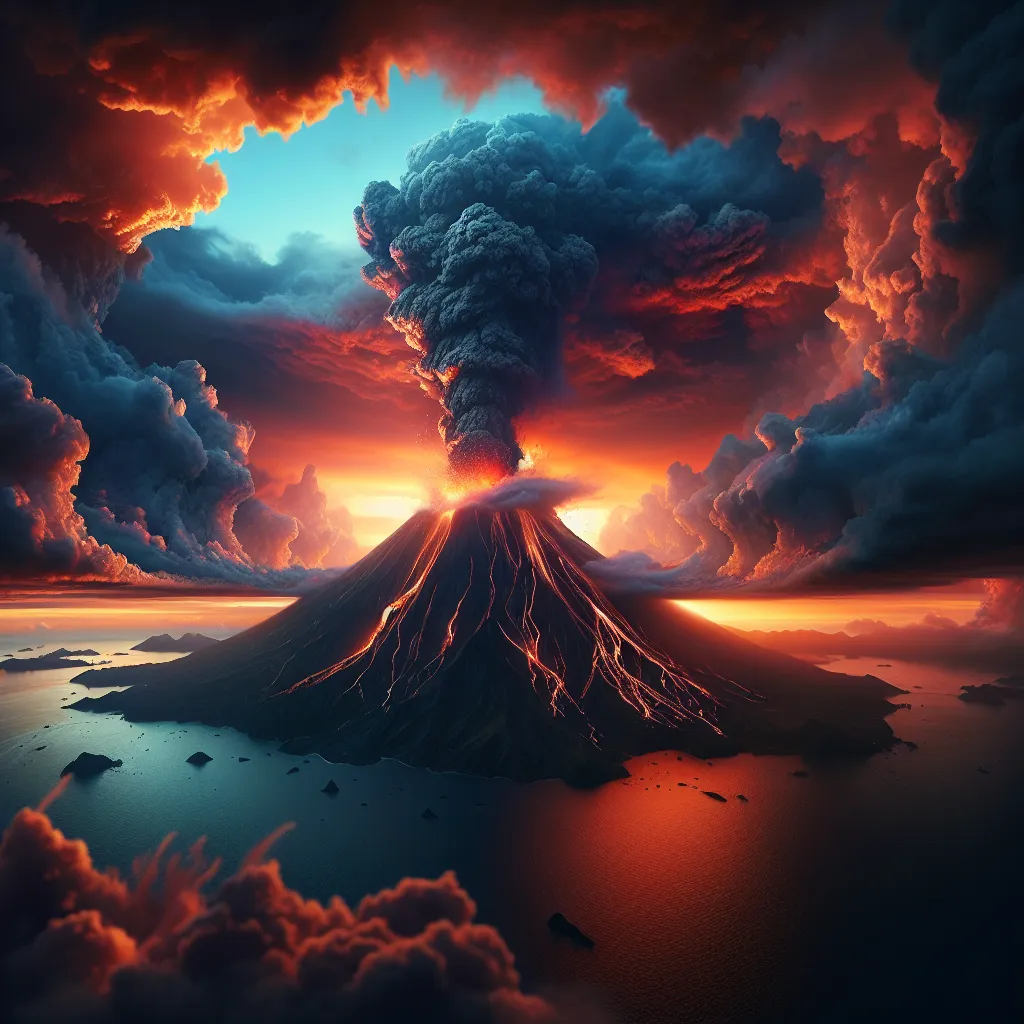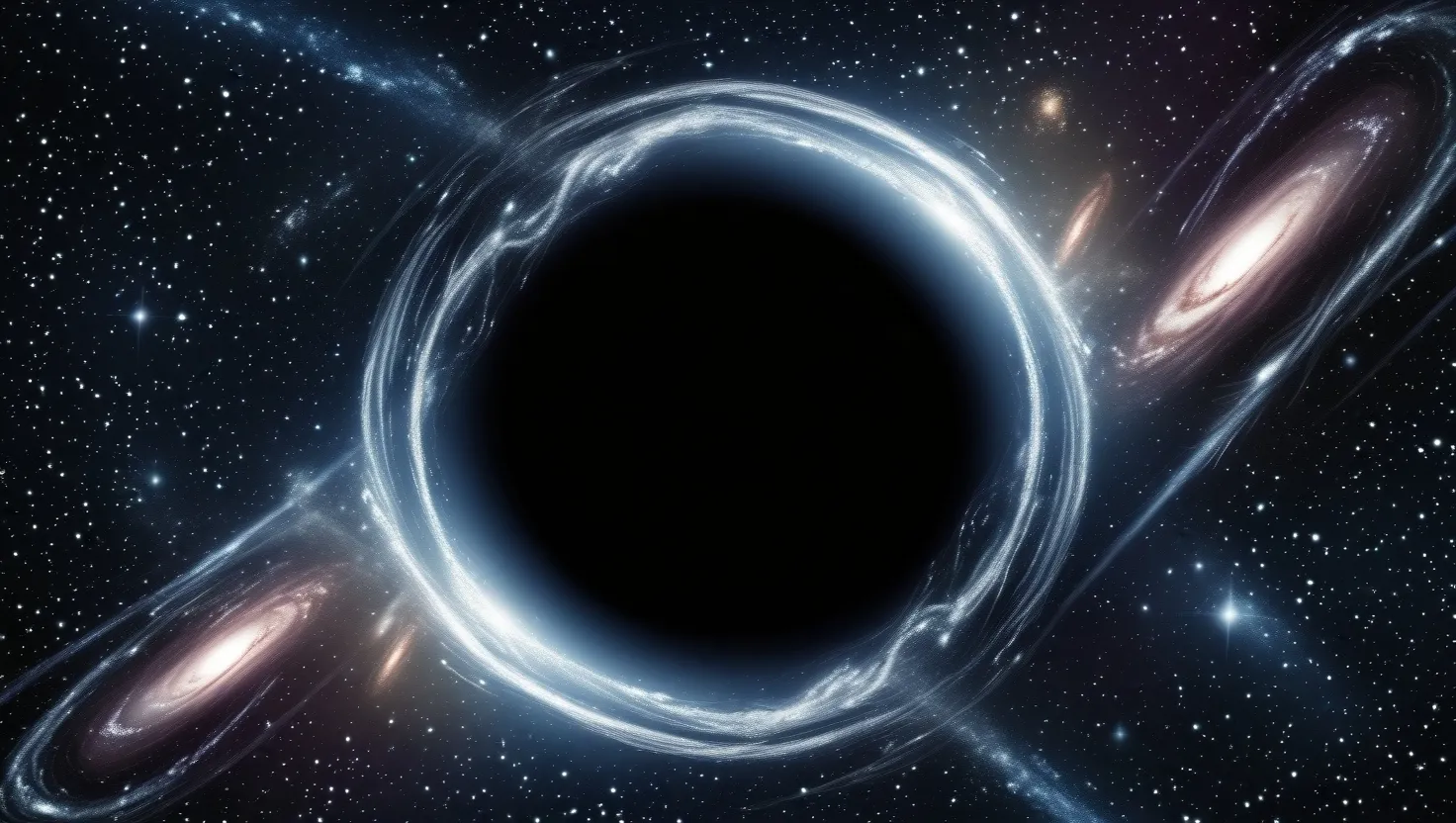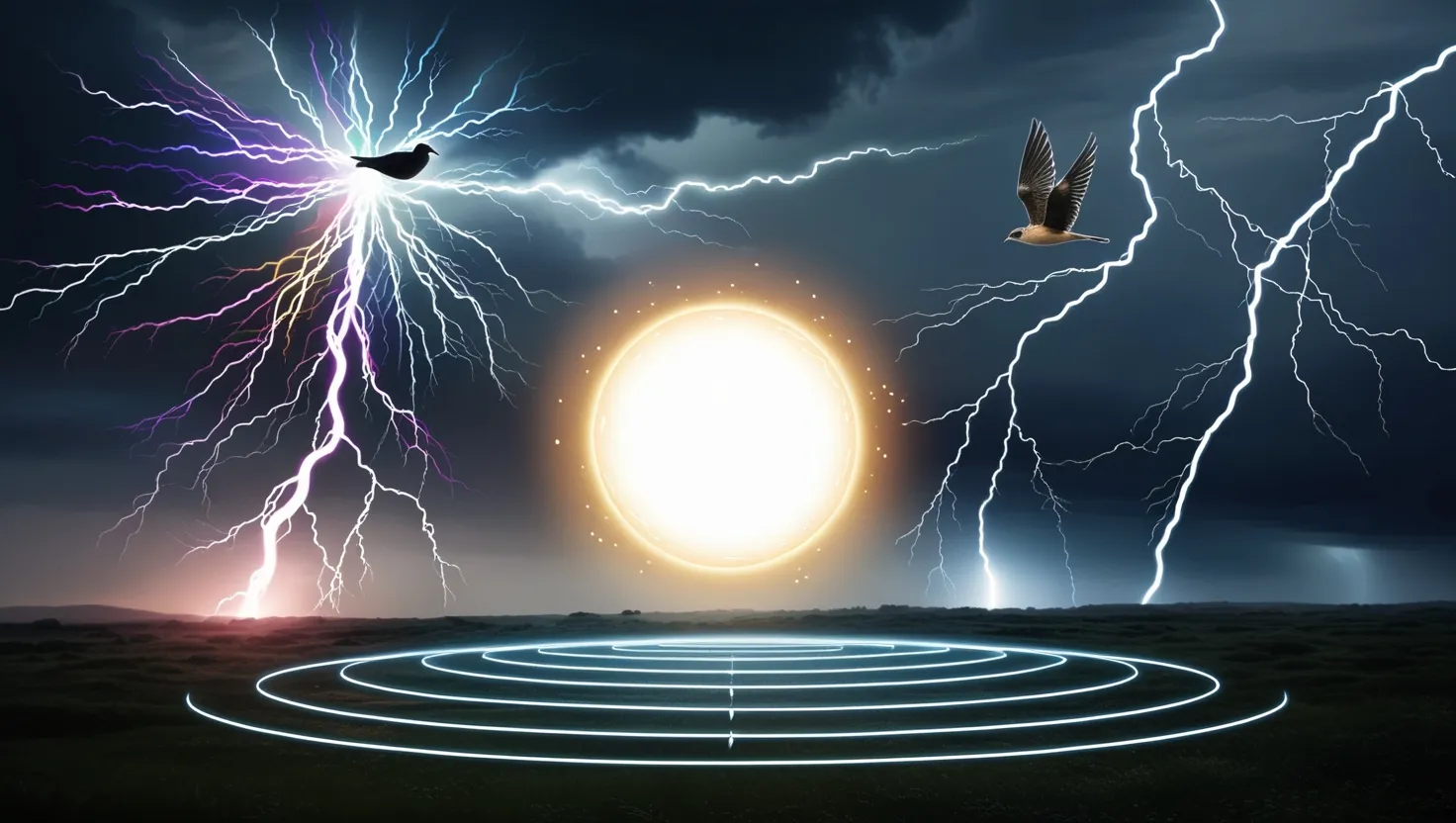Volcanic eruptions are nature’s way of showing off its most dramatic and terrifying power. When a volcano erupts, it can not only destroy entire cities but also reshape the landscape and change the course of history. Let’s dive into some of the most explosive volcanic eruptions ever recorded.
In 1883, Krakatoa, a small volcanic island in Indonesia, erupted with such force that it was heard 3,000 miles away. The explosion was described as cannon fire and registered a whopping 172 decibels at a gas works 99 miles away. This blast was so powerful that it circled the globe seven times over five days. The eruption, equivalent to 200 megatons of TNT, triggered a massive tsunami and claimed more than 36,000 lives. The ash cloud that blanketed the skies caused stunningly beautiful sunsets around the world and even lowered global temperatures by 1.2 degrees Celsius, making it possible to read by moonlight in some places.
Over 7,000 years ago, Mount Mazama in southern Oregon erupted and created Crater Lake, one of the most stunning natural wonders in North America. The eruption was massive, spewing over 50 cubic kilometers of ash and lava. The resulting caldera is now filled with beautiful blue waters, proving nature’s ability to create beauty from chaos.
In 1815, Indonesia’s Mount Tambora let loose with an eruption so grand it was heard over 1,000 miles away. This eruption released 160 cubic kilometers of ash and debris, leading to a global climate anomaly. The most notable effect was 1816, dubbed “The Year Without a Summer,” where temperatures dropped, and snow fell in June and July. This grim event led to crop failures and widespread famine and disease.
Approximately 760,000 years ago, the Long Valley Caldera in California erupted, ejecting 580 cubic kilometers of volcanic material. This powerful event caused the caldera floor to collapse, creating a distinctive bowl-shaped depression. The aftermath included significant climate changes, with global temperatures dropping significantly for several years.
Yellowstone National Park sits atop a super volcano that erupted about 640,000 years ago. The eruption’s force sent over 1,000 cubic kilometers of material into the atmosphere, which dwarfs the 1980 Mount St. Helens eruption. The ash and debris from Yellowstone likely caused temporary ice age conditions.
Roughly 2.2 million years ago in Argentina, the Sierra Galan eruption released 1,050 cubic kilometers of ash and lava. This epic event created a caldera now filled with water known as Laguna Blanca. The eruption’s scale was so massive it is hard to fully comprehend.
Around 26,500 years ago, New Zealand’s Taupo volcano erupted, releasing an incredible 1,170 cubic kilometers of tephra and reshaping the landscape. The explosion created a 22 x 15-mile crater and had significant climatic effects, blanketing much of the north island in ash.
About 340,000 years ago, the Wakamaru volcanic eruption in New Zealand erupted an astonishing 2,000 cubic kilometers of tephra. This viscous magma explosion created massive pyroclastic flows and transformed the landscape with deposits of ash and rock.
The Pakana Caldera in Chile erupted approximately 4 million years ago, ejecting 2,500 cubic kilometers of tephra. This explosion was so impactful it may have triggered a global cooling period that contributed to an ice age. Despite its destructive history, the caldera is now a beloved spot for hikers and nature lovers.
Lastly, the Lake Toba eruption, which happened 74,000 years ago in Indonesia, is the most colossal of all. This super eruption spewed 2,800 cubic kilometers of tephra and induced a volcanic winter, drastically dropping global temperatures. It nearly wiped out the early human population, causing a genetic bottleneck.
While the chances of witnessing a super eruption in our lifetime are low, understanding past eruptions like these reminds us of nature’s incredible power.






